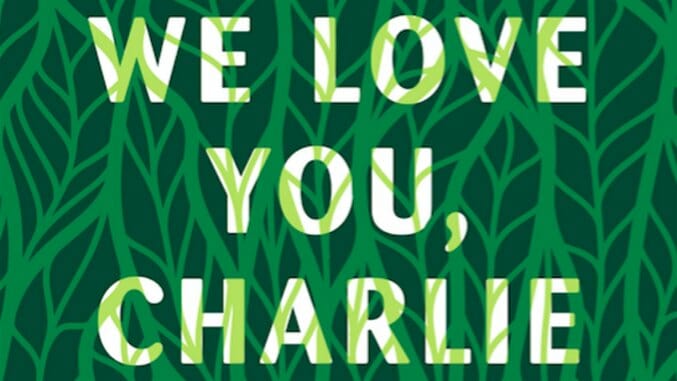We Love You, Charlie Freeman by Kaitlyn Greenidge

In his autobiography Seize the Time, Black Panther Party Chairman Bobby Seale recalls the night the Panthers put together their first newspaper. The record that endlessly spins in the background during layout is Bob Dylan’s “Ballad of a Thin Man,” and Seale asks party co-founder Huey P. Newton why he keeps playing that song. Newton draws Seale’s attention to a verse in which the song’s subject and target, the clueless Mr. Jones, pays to see a geek—a washed-up circus performer—do the only job the circus will give him: eat a live chicken in a cage. The geek points at Mr. Jones and says, “How does it feel to be such a freak?”
Newton explains how the song captures the way “racism is perpetuated.” He describs white people who “sometimes take a Sunday afternoon off and … go down to the black ghettoes to watch the prostitutes and the decaying community … just trying to live.” These ethno-tourists pathologize black deprivation and fetishize its manifestations for spectacle and entertainment. Dylan’s song, Newton explains, throws into sharp relief the absurdity of such pastimes—and the myopic indifference of those who can’t see it.
 Much like the “Battle Royale” episode that begins Ralph Ellison’s Invisible Man, Kaitlyn Greenidge’s provocative first novel We Love You, Charlie Freeman dramatizes the peculiar circumstances that turn African Americans into anthropological specimens of white curiosity. Greenidge’s story starts in summer 1990 with a scenario both more and less extreme than Ellison’s. The Freemans, a sign language-fluent, middle-class black family, accept an invitation from the Toneybee Institute, a Western Massachusetts laboratory of ignoble origins, to participate in a zoological, closed-circuit variation on MTV’s The Real World. The Freemans will move into an apartment at the institute, adopt a chimpanzee into their family, communicate with him in sign language and submit to constant observation and frequent filming by the institute’s all-white staff.
Much like the “Battle Royale” episode that begins Ralph Ellison’s Invisible Man, Kaitlyn Greenidge’s provocative first novel We Love You, Charlie Freeman dramatizes the peculiar circumstances that turn African Americans into anthropological specimens of white curiosity. Greenidge’s story starts in summer 1990 with a scenario both more and less extreme than Ellison’s. The Freemans, a sign language-fluent, middle-class black family, accept an invitation from the Toneybee Institute, a Western Massachusetts laboratory of ignoble origins, to participate in a zoological, closed-circuit variation on MTV’s The Real World. The Freemans will move into an apartment at the institute, adopt a chimpanzee into their family, communicate with him in sign language and submit to constant observation and frequent filming by the institute’s all-white staff.
We Love You, Charlie Freeman weaves together multiple perspectives, including all four members of the Freeman family. Foremost among them is teenage daughter Charlotte, a perennial misfit at her previous, mostly black school. As the book begins, she imagines herself thriving as an icon of “biologically ordained, racially innate coolness” in this new “wilderness of whiteness.” Yet she finds herself more isolated than ever at her new Berkshire high school—until she becomes friends with Adia, the only other black girl in school, who informs Charlotte that she smells “like a zoo.” Adia shares none of Charlotte’s awkwardness, self-doubt or desire to fit in among their white peers. Exposure to Adia’s race-conscious iconoclasm awakens in Charlotte stirrings of resistance to her parents’ constant compromising, as well as her own sexuality.
Greenidge gives readers a look inside the mind of Laurel, Charlotte’s mother, through flashbacks to her childhood as a member of “the only black family for 100 miles” in 1960s inland Maine. This distinction earned Laurel’s parents’ Christmas tree farm inclusion in The Colored Motorist’s Guide to America, a fictionalized version of The Negro Motorist Green Book, which provided mid-century black interstate travelers with a guide to safe places in a generally hostile country.
-

-

-

-

-

-

-

-

-

-

-

-

-

-

-

-

-

-

-

-

-

-

-

-

-

-

-

-

-

-

-

-

-

-

-

-

-

-

-

-








































